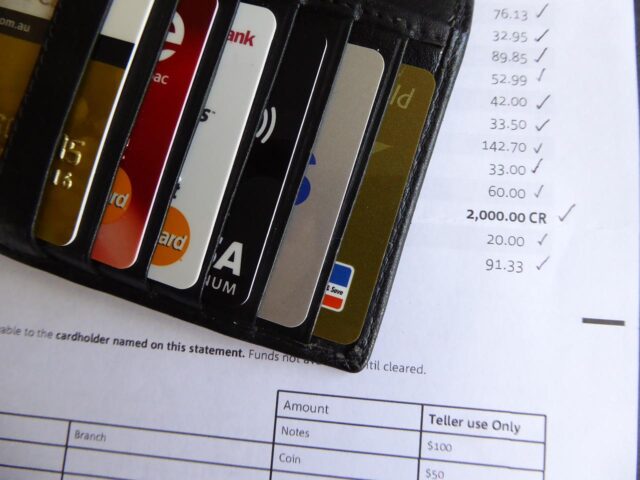
A TOT ODP/SWP CR MEMO is the charge that appears on your monthly bank statement if you are subject to overdraft protection. It’s a way to prevent you from going overdrawn by charging purchases you don’t have the money to make. It’s important to know how to reverse an overdraft before it happens.
To activate this feature, you must link your checking account with another deposit account or credit card. Your credit card or line of credit will then act as a safety net in case of an overdraft. This is one of the main benefits of ODP.
In 2009, the Federal Reserve amended Regulation E to require that customers “opt-in” to overdraft protection. They must also provide clear pre-election and post-election disclosures about overdraft protection. Consumers must also have the right to opt out at any time.
The overdraft fee is a kind of interest on the money that you have withdrawn, and it must be paid back in time. The fee is normally charged at an agreed rate. If the negative balance exceeds the terms of the agreement, additional fees will be assessed.
Chase dr memo
If you have a Chase checking account, you may have been hit with an overdraft notification. This notification may be a sign that your account has been hacked or is in need of overdraft protection. You may also be seeing the TOT ODP SWP DR MEMO on your account. Fortunately, the good news is that this notification is not a scam. If you’ve seen this message before, there’s no need to panic – this notification is simply a warning sign that your account has been hacked.
Overdraft protection is a service provided by many banks. It allows you to pay a small fee each time you make a withdrawal, or by automatically transferring money from your savings account. You can opt-in or opt-out of this service, depending on your circumstances. This service is generally cheaper than traditional overdraft coverage. Chase even offers an online version that makes it easy to sign up for.
If you have a Chase checking account, you may need to enroll in a service called overdraft protection. This will allow you to prevent your account from becoming overdrawn, and will allow you to avoid incurring a $50 fee each time you overdraw.
If you receive a TOT ODP/SWP CR memo on your bank statement, it means that you are overdrawn, and you may be charged an overdraft fee. If this happens, contact your bank right away to avoid the situation from getting out of hand. You’ll receive a copy of the memo on your monthly statement if you overdrew.
If you’re looking for more information about the TOT ODP / SWP CR MEMO, read this article. It will help you understand the terms used in the document and how you can avoid making any mistakes. It’s a good idea to read this document before signing anything. It will ensure that you get the most accurate information about the credit card account.
If you’re concerned about the TOT-ODP-SWP-MEMO scam, you’re not alone. According to research by the Consumer Financial Protection Bureau, charge frauds topped seven percent of all credit card transactions in 2012. If you think you have been a victim of fraud, you’re not alone. In fact, the rate of charge fraud is much higher than the average for other credit card companies.
Getting a refund for a TOT ODP SWP CR MEMO
If you have received a TOT ODP/SWP CR MEMO on your bank statement, you may be wondering how to get a refund. These memos appear when you have overdrawn your account. You can ask for a refund by calling customer service at your bank.
To get a refund, you must first locate the original document. Then, find the TOT ODP SWP CR MEMO. This document was issued by the Department of Public Works. It has detailed information about issues and activities of the department. The first letters of the document stand for “Office Document” or “Summary Work Product.” The next letters stand for “Table of Contents.”
If the overdraft was unnecessary, you can get a refund by contacting the financial institution. They should be able to cancel the overdrafts and cover your financial loss. Before calling, make sure you do your homework and try to talk to a manager.


































